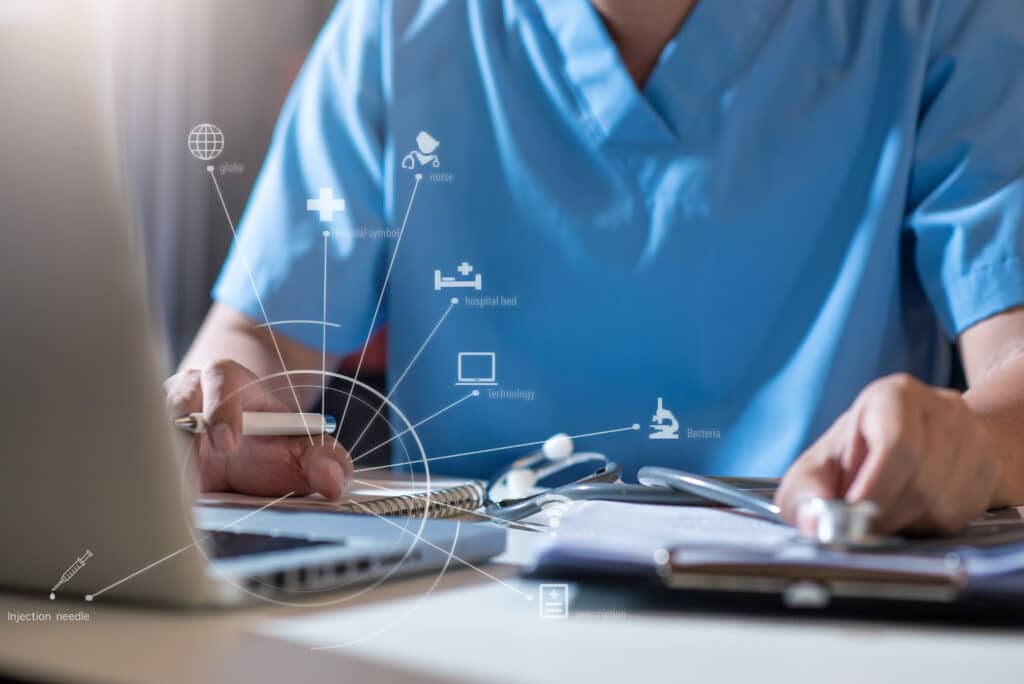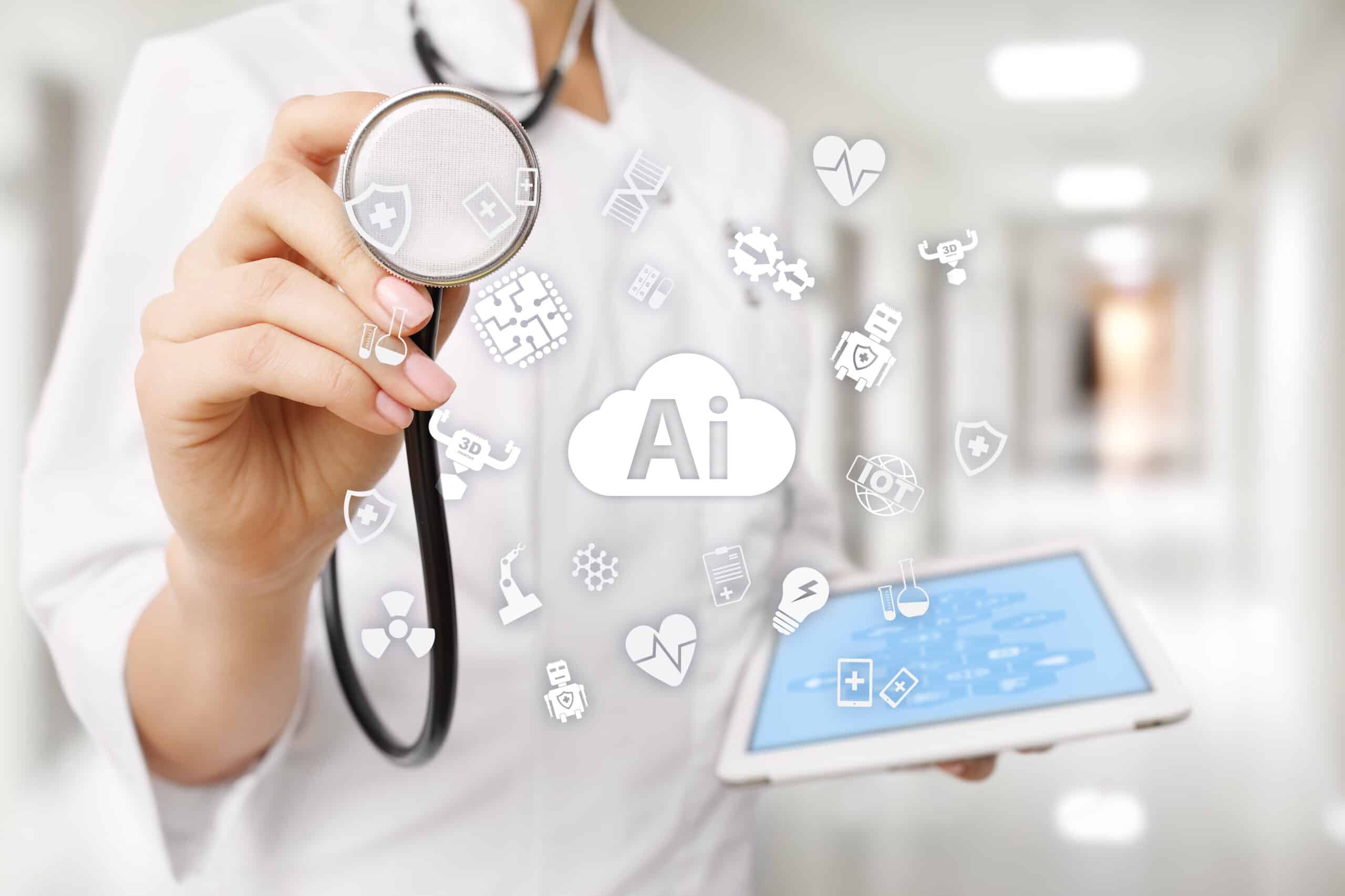EHR, PHI, SDOH, HIPPA – the healthcare world is full of acronyms. Maybe because it’s such a fast-paced, constantly changing environment, we need quick letters just to keep up.
But acronyms can also lead to some blurring of the lines between what is what in healthcare. This is the case when it comes to customer relationship management (CRM) and electronic health records (EHR). The two are complementary systems, but there is often confusion about how they can work together to support providers and help them prioritize patient experiences.
Here we share how providers can build satisfying patient experiences in and out of the clinic by combining the capability of traditional EHR with modern CRM.
Why the patient experience matters
Providing patient care is costly and challenging – and the future isn’t looking brighter. An analysis by McKinsey estimates that the annual U.S. national health expenditure is likely to be $370 billion higher by 2027 due to the impact of inflation compared with pre-pandemic projections. The World Health Organization (WHO) estimates a projected shortfall of 10 million health workers by 2030.
To combat the issues of the industry, providers are putting a renewed focus on their patient experiences. Some of the ways they are driving better outcomes are with experience-first solutions such as:
- Scale patient access and services: Digitally facilitate response to inbound inquiries and enable triage and access to care so patients come in financially cleared and medically ready.
- Personalize patient outreach and acquisition: Generate demand for services with unknown to known (acquisition) and known to using services (outreach).
- Coordinate efficient delivery of care: Overcome fragmentations across medical, behavioral, and social systems of care. Tighten hand-offs and support for longitudinal holistic care.
Providers are seeing results from their patient-first initiatives with increases in patient acquisition (32%) and patient adherence to care plans (31%), plus more employee engagement (32%).
How are providers closing the patient experience gap? By bringing together their EHR and CRM for more patient collaboration, connection, and curation.
Unlock patient experiences with EHR CRM integration
A provider’s EHR and CRM are two separate systems that work together to optimize patient experiences in and out of the clinic, such as among payers, providers, caretakers, pharmacies, or home health.
The CRM is the engagement layer and is thought of as “know your customer.” It is built for engagement initiatives like digital marketing, preference management, or one-to-one journeys. The EHR is for the clinical middle and back office and focuses on “know your patient.” It is designed for clinical encounters such as gathering a health history, ePrescribing, or bill and order entry.
The dynamic duo of EHR and CRM work in sync to give healthcare providers a patient 360 for more informed patient journeys. Care teams can collaborate more easily and connect processes with automation to eliminate costly, repetitive tasks. This approach results in holistic real-time experiences that build and nurture patient experiences, both now and into the future.
Grow rewarding patient experiences with Salesforce Health Cloud
Patients have the power to decide where they want to receive their care. By using Salesforce Health Cloud, providers have a platform to deliver tailored engagement and patient-focused experiences that will likely make patients choose them for their care.
By integrating EHRs with Health Cloud, providers put the patient at the center of their care. Providers can transform their call center and self-service interactions with a single source of truth to reach quicker resolutions and build patient trust. They can drive value-based care and improve access with omnichannel applications and health data on the secure, connected Health Cloud platform. Critical health data is unified across disparate systems with clinical data models so providers can take action with intelligent recommendations.
But despite knowing the benefits of EHR CRM integration, many providers don’t know where to start on their Salesforce journey. Silverline has the experience and expertise to build EHR and EMR integrations on specific partner tools like MuleSoft, or recommend integration providers like Redox or BridgeConnector. We can help with translating EHR data to the Health Cloud data model, exposing Salesforce data back to the EHR, and facilitating provider workflows based on EHR data.
Find out how Silverline can help you build a connected patient experience.




